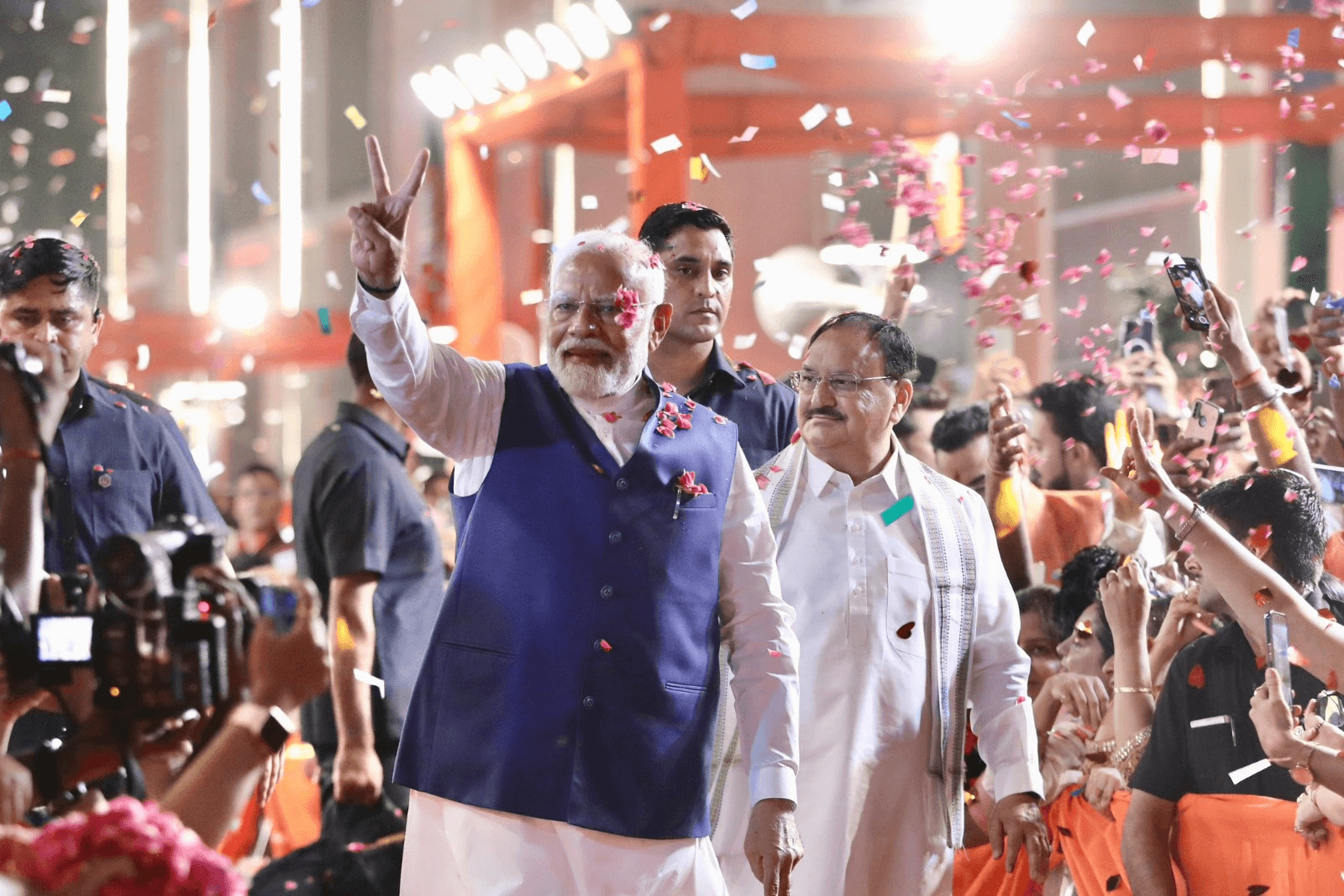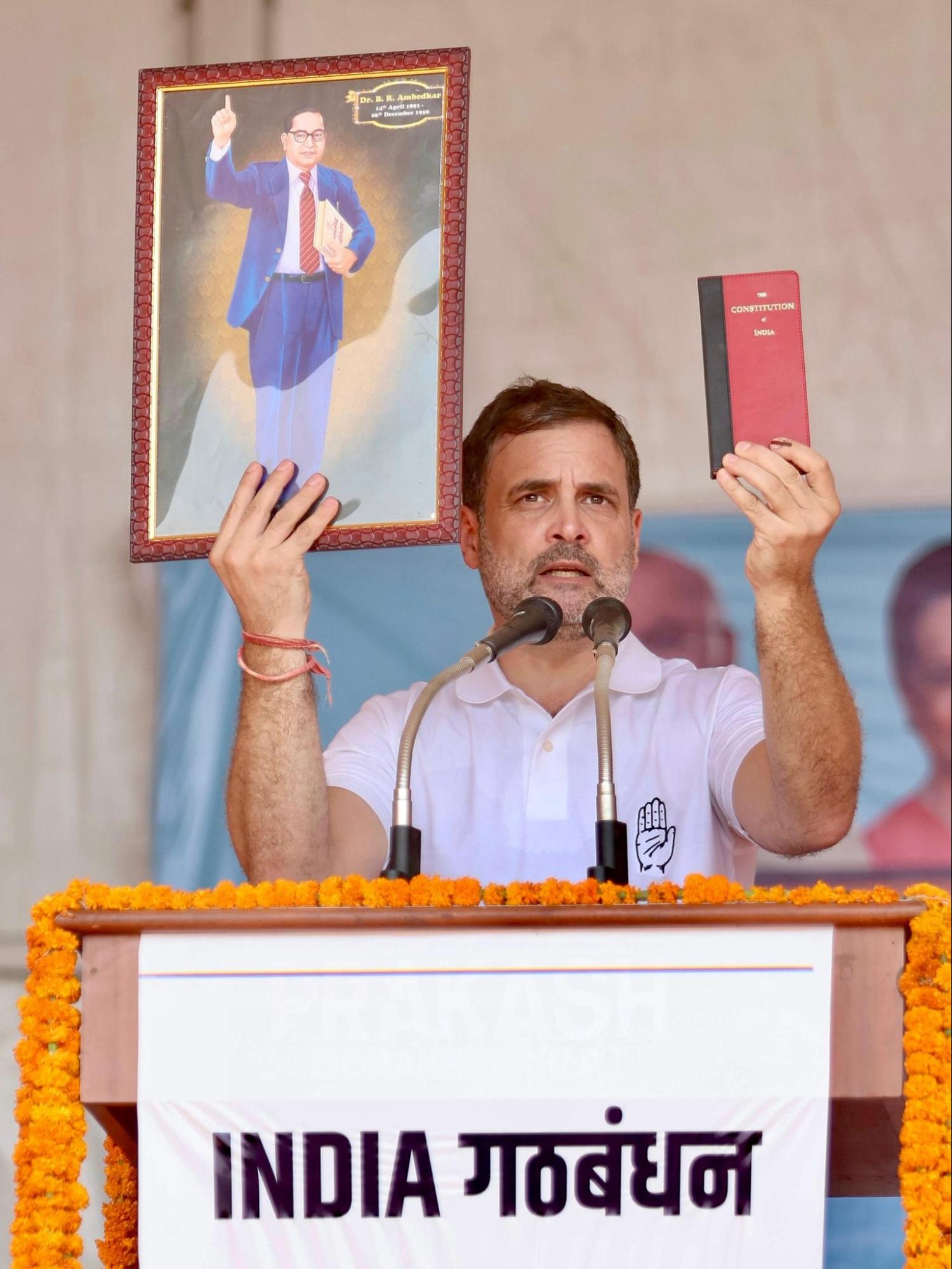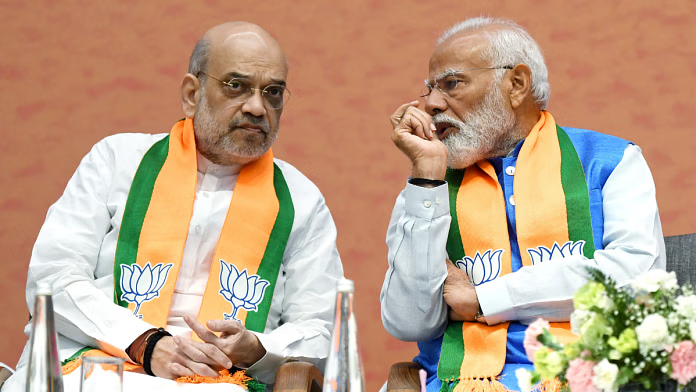Lok Sabha Elections 2024: A Thriller Verdict of the Indian Electorate
The 2024 General Elections are over, and the electorate’s potency is seen to have had a big influence in deciding the outcome of the Polls. There was election drama and fervent campaigning at a higher pitch; however, the final results came as a curved ball and bore no resemblance to exit polls’ predictions. The Bharatiya Janata Party (BJP) led NDA missed its anticipated slogan “400 paar”, while the I.N.D.I.A group astounded all by going against expectations from poll projections thereby signalling that the Indian National Congress (INC) still occupies an eminent position in politics.
Electrifying Lok Sabha Elections: BJP’s Majority Quest & INC’s Surge
BJP fell short of the magic numbers and managed to secure only 240 seats. Due to its fragile majority, it will rely on its allies to form a government. The INC secured 99 seats on its own, doubling its tally in comparison to 2019 while Samajwadi Party’s (SP) performance in the general elections came as a shocker as it became the third largest party by securing a victory on 37 seats. Chandrababu Naidu and Nitish Kumar, the leaders of Telugu Desam Party (TDP) and Janata Dal (United) have emerged as the kingmakers in the 2024 Lok Sabha polls, with their parties securing 16 and 12 seats respectively. As per the number game, which favours the BJP at the moment, Narendra Modi is all set to create history in six decades by being elected as the Prime Minister of the country for the third consecutive term.

Clash of Campaigns in the Battle of Ballots
In the fiercely contested 2024 Lok Sabha polls, massive campaigns were carried out by both NDA and I.N.D.I.A bloc to sway the voters and rally support, but the results revealed mixed responses from the electorate towards these campaigns. A stark contrast could be seen in the campaigns of the political parties and the promises made by them in their manifestos. While BJP’s manifesto talked about ‘Modi’s guarantees’, their campaign revolved around the Muslims, Mangalsutras and Mandirs, which could not match the demands of the electorate. The BJP alleged that the Congress wanted to redistribute the wealth of the weaker sections to Muslims.
Drawing inspiration from the Karnataka and Telangana assembly polls, Congress adhered to its strategy, emphasising that the primary goal of the 2024 elections is to safeguard the Constitution. They accused the NDA, based on statements from its MPs, of aiming for over 400 seats to potentially alter the Constitution, withering away from their ‘Nyays’. The Prime Minister notched up the public outreach game in the 2024 Lok Sabha polls by conducting 206 public outreach programmes as compared to 145 in 2014. The former Congress party President Rahul Gandhi and General Secretary Priyanka Gandhi Vadra directed 107 and 108 public outreach programmes respectively.

Factors Behind BJP’s Shortfall
After two consecutive ‘Modi wave elections’ the Indian electorate has voted for a coalition government in the centre. This can be seen as the recurrence of the ‘India Shining phenomenon’ of the 2004 general elections. The BJP has fallen over a hundred seats short of achieving its ambitious target of ‘400 paar’. The hints of such a result can be seen in voter fatigue throughout the voting of the 2024 general elections. The voter turnout in this election significantly reduced in comparison to 2019. The reduced voter turnout serves as an indicator of the resentment of the electorate toward the government. The united opposition, under the banner of I.N.D.I.A bloc also served as a factor in cutting the votes of the saffron party. Even though the opposition could not gain a majority it offered an option to the non-BJP voters.
The regional parties that lost their ground in 2014 with the emergence of PM Modi as a preeminent figure saw a dramatic resurgence in the 2024 Lok Sabha polls, making a significant shift in the electoral landscape of Uttar Pradesh and West Bengal for BJP. Overly relying on the popularity of PM Modi, clubbed with the lack of participation of the ground forces also made a significant impact on the numbers for the saffron party. The better performance of Congress can be attributed to the promises made by Rahul Gandhi that caught the eye of the electorate. The promise of caste census and the mega freebie Mahalaxmi scheme appealed to those at the bottom of the pyramid.

Victory for Regional Leaders in Uttar Pradesh and Bengal, Setback for BJP
Uttar Pradesh, which had sent the most numbers of MPs in the lower house in 2014 for BJP, once again became the game changer in the 2024 Lok Sabha polls. It was anticipated that the Hindi heartland state that paved the way for BJP in 2014 and 2019 will set the ball rolling for an even larger mandate. As the state went to vote in all seven phases, ample indication of the BJP running into turbulence could be seen. Anti-incumbency against multiple sitting MPs, failure of the saffron party in consolidation of the minority votes, ignorance of issues like unemployment etc served as some of the factors that led to the defeat of the BJP in the state. West Bengal emerged as another state that made a major dent in the seat tally for BJP. On one hand, where BJP’s pro-Hindutva rhetoric and delay in the announcement of the candidates for 42 seats in the state went against the party, the Trinamool Congress’s welfare schemes worked wonders.

The 2024 Lok Sabha polls have reshaped the Indian political landscape, unveiling a complex tapestry of the political dynamics in the nation. The results were a clear projection that India has withdrawn the mandate for a single party to wield unbridled power. The newfound plurality hints towards a better system of checks and balances which was somewhat missing in the past decade. In essence, the 2024 elections served as a rap on the knuckles of the biggest party, where it was neither voted to majority, nor completely dethroned.
Kanika Sharma / New Delhi
Contributing reports by Isha and Adhinayak, researchers at Polstrat
